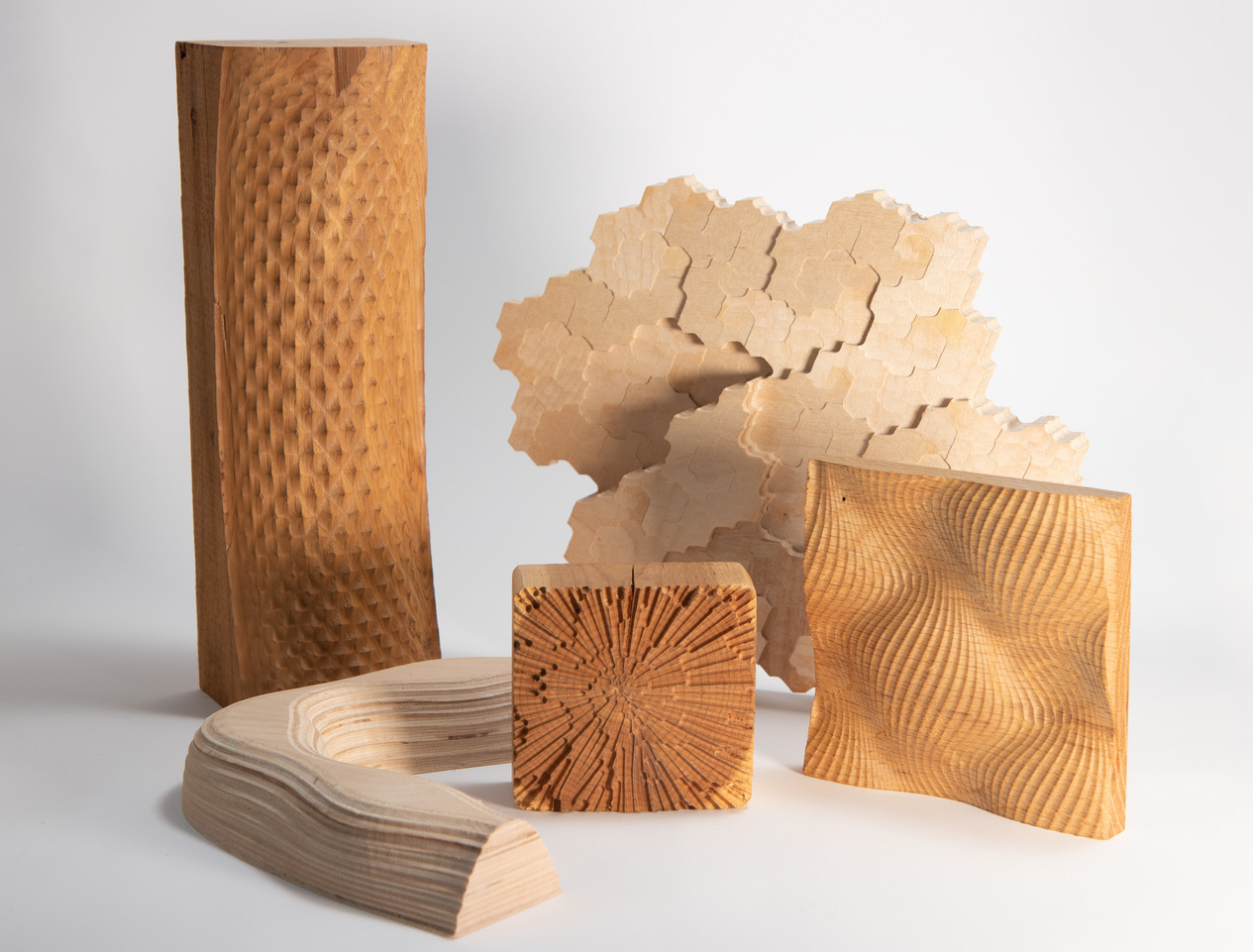Mathematical CNC Toolpaths
 Facilitator: Edmund Harriss
Facilitator: Edmund HarrissCNC (Computer Numerical Control) machining has a rather high barrier to entry, but has a lot of mathematical potential. CNC provides a fantastic example in Linear Algebra (a machine comes with its own basis!), multivariate calculus, and many advanced geometry courses. In addition, as the objects created are made of wood (or brick, or metal, though that will not be covered here), they often become artworks in their own right becoming compelling paths into mathematical ideas.
Participants will get to create lines and paths and see the effects when these get cut into wood. On the first four days they will create a cut file that will be cut in the afternoon, so they can see the results the next day. On Friday there will be a virtual show of the completed work.
- What prerequisite knowledge or skills will the workshop assume?
No knowledge will be assumed, but we will be using Rhino/Grasshopper, so familiarity is a positive, and otherwise a willingness to play with new software is required.
- What specific preparation or tasks should participants have completed prior to the beginning of the workshop?
Install and spend a little time looking at Rhino/Grasshopper there are a good collection of learning resources here: https://www.rhino3d.com/learn/ (focus on the grasshopper tutorials). There is a 90-day free trial if you do not have institutional access.
- What outcomes should participants expect to achieve by the end of the workshop?
Students will have prepared the toolpaths for four pieces that will have been cut on a machine, so they can see the results. High quality photos will be provided and there might be options to ship the pieces if people prefer.
- Will there be specific projects for participants, or should participants have their own projects in mind already?
The goal is to see the potential of the manufacturing system, rather than develop specific projects. Thoughts and ideas on what might be possible are encouraged, but we will be working through a curated collection of projects.